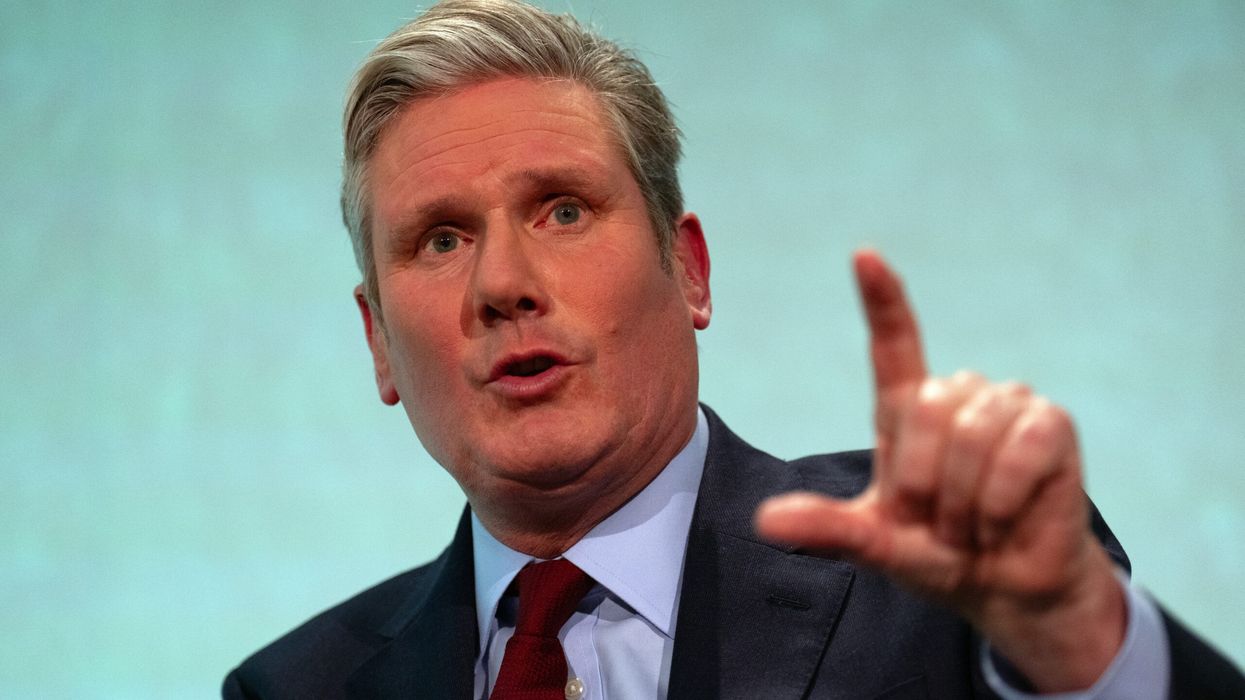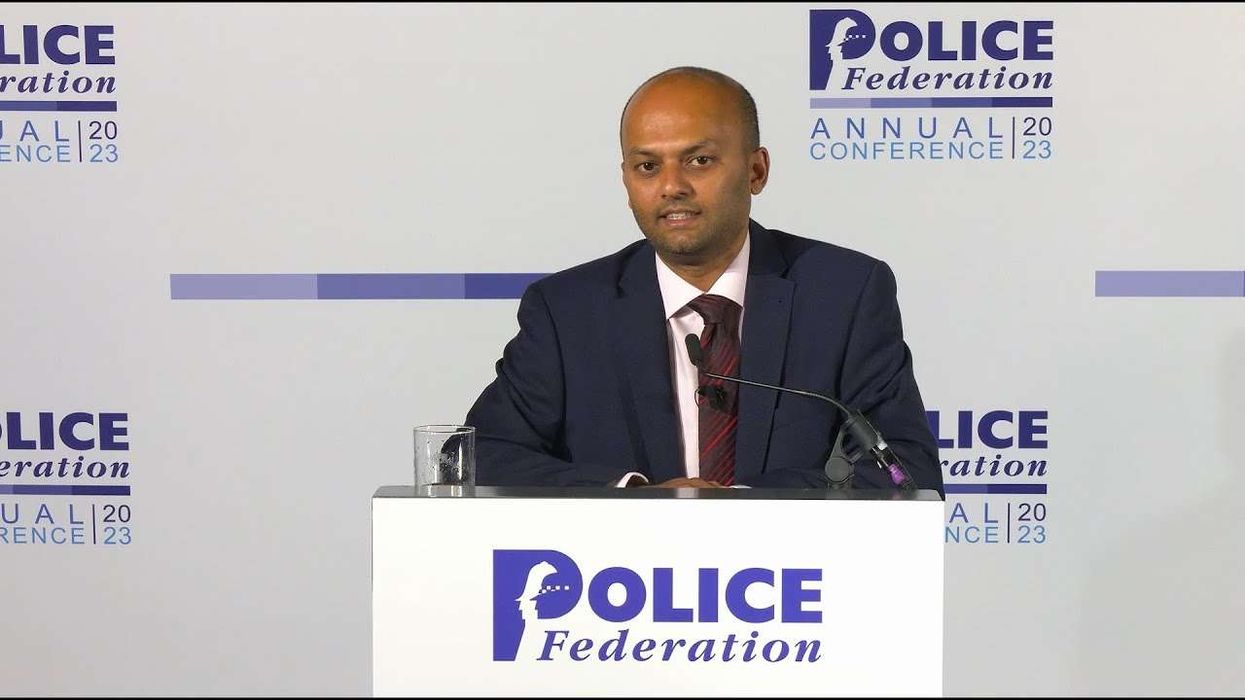PRIME MINISTER Keir Starmer will on Thursday launch a 10-year strategy aimed at fixing the National Health Service (NHS), which he said was in crisis. The plan seeks to ease the pressure on overstretched hospitals and shift care closer to people’s homes.
The NHS, which is publicly funded and state-run, has faced difficulties recovering from the Covid-19 pandemic. It continues to experience annual winter pressures, repeated waves of industrial action, and a long backlog for elective treatments.
Starmer has said the NHS must “reform or die” and promised changes that would control the rising costs of caring for an ageing population without increasing taxes.
In a statement, Starmer said his Labour Party had inherited a health system in crisis when it took office a year ago, but that the new plan would “fundamentally rewire and future-proof” the service.
New health centres and waiting list cuts
The strategy includes the creation of new health centres that will offer a wider range of services in a single location. According to the government, this move is intended to reduce pressure on hospitals, help bring down waiting lists and end “perpetual firefighting” in the system.
After a first year in office marked by unpopular spending cuts and some costly U-turns, healthcare is one of the areas where Starmer’s government says it has made progress.
The government has delivered 4 million extra appointments – double the target set for the first year – and brought waiting lists to a two-year low. Starmer said the NHS would not be fixed overnight but added, “we are already turning the tide on years of decline”.
Talks with pharma sector and life sciences strategy pending
However, the government remains in a deadlock with the pharmaceutical industry over drug pricing. It also faces potential further strikes from healthcare workers and has yet to release its promised plan to accelerate development in the UK’s life sciences sector.
(With inputs from agencies)














